Gyeongju, to jedno z tych miast w Korei Południowej, które warto odwiedzić ze względu na znaczenie kulturowe. To właśnie tutaj znajduje się wioska Yangdong, która w 2010 roku została wpisana na listę światowego dziedzictwa UNESCO. Miesza się tu tradycyjna kultura ze współczesnością – wioska jest nadal zamieszkana i raczej nie zapowiada się na zmiany. Zresztą to nie jedyna atrakcja, którą ma do zaoferowania kulturalna stolica Korei.
Na tabliczce przed wioską możemy przeczytać, że Yangdong ma już ponad 500 lat. Obecnie składa się z około 160 charakterystycznych domków i przyciąga turystów z całego świata. Był tu m. in. Karol (książę Walii) w 1993 roku.
Wstęp na teren wioski jest bezpłatny, co zapewne ucieszy nie jednego podróżnika. Jedyne, czego potrzebujesz, to wygodne buty.
YANGDONG VILLAGE
Adres: 93, Yangdongmaeul-gil, Gyeongju-si, Gyeongsangbuk-do
Więcej info: Visit Korea
Wstęp: bezpłatny
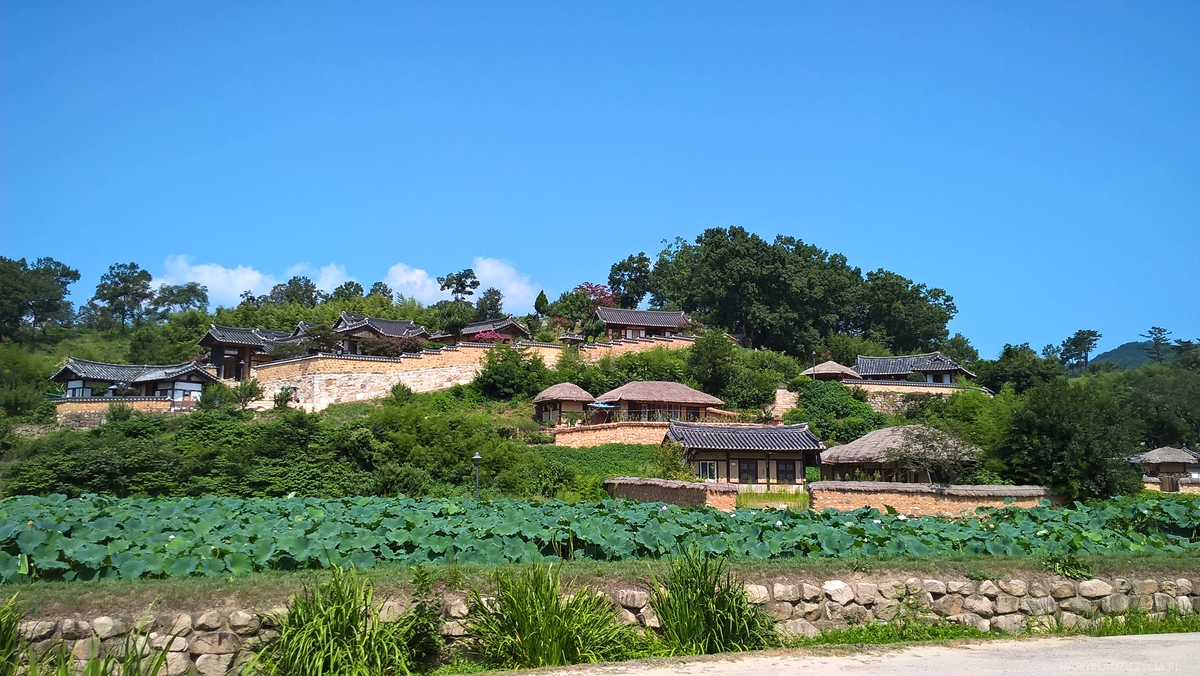
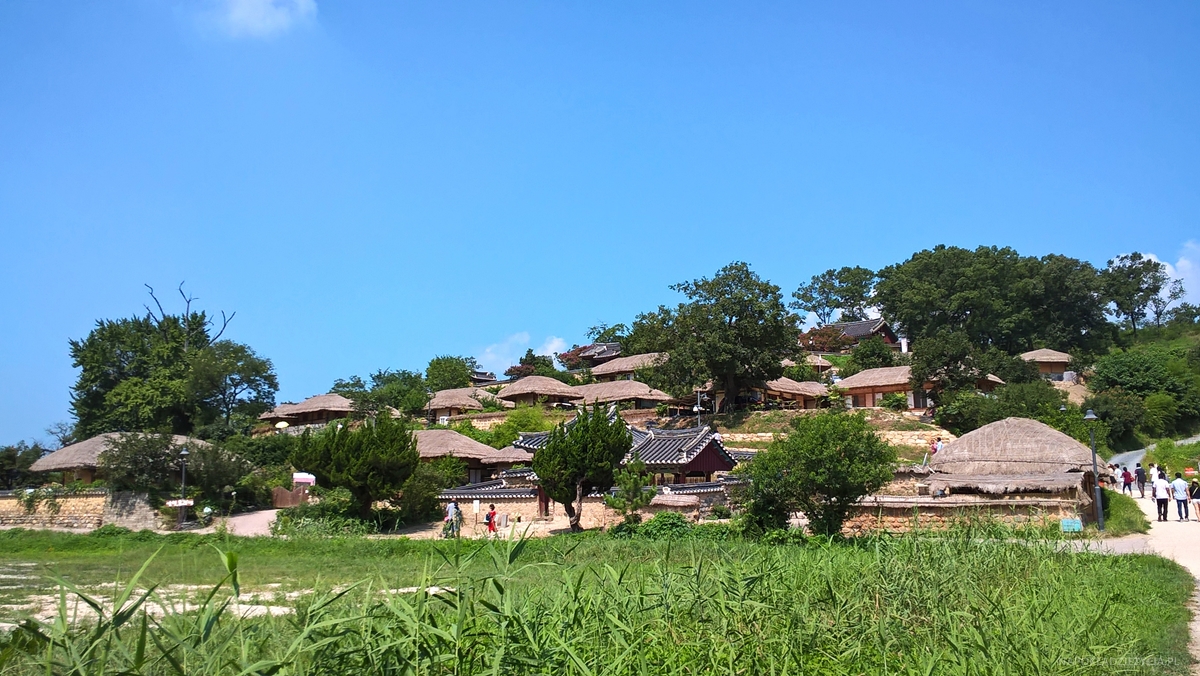
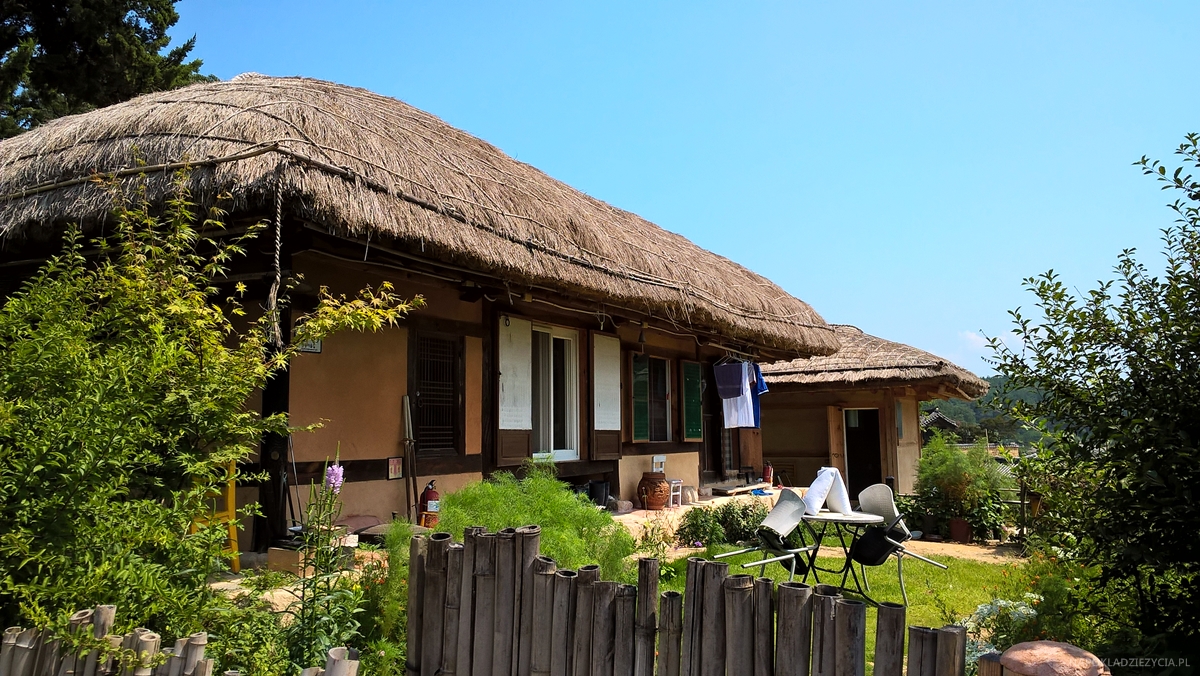
Widoki z okna towarzyszące mieszkańcom na co dzień:
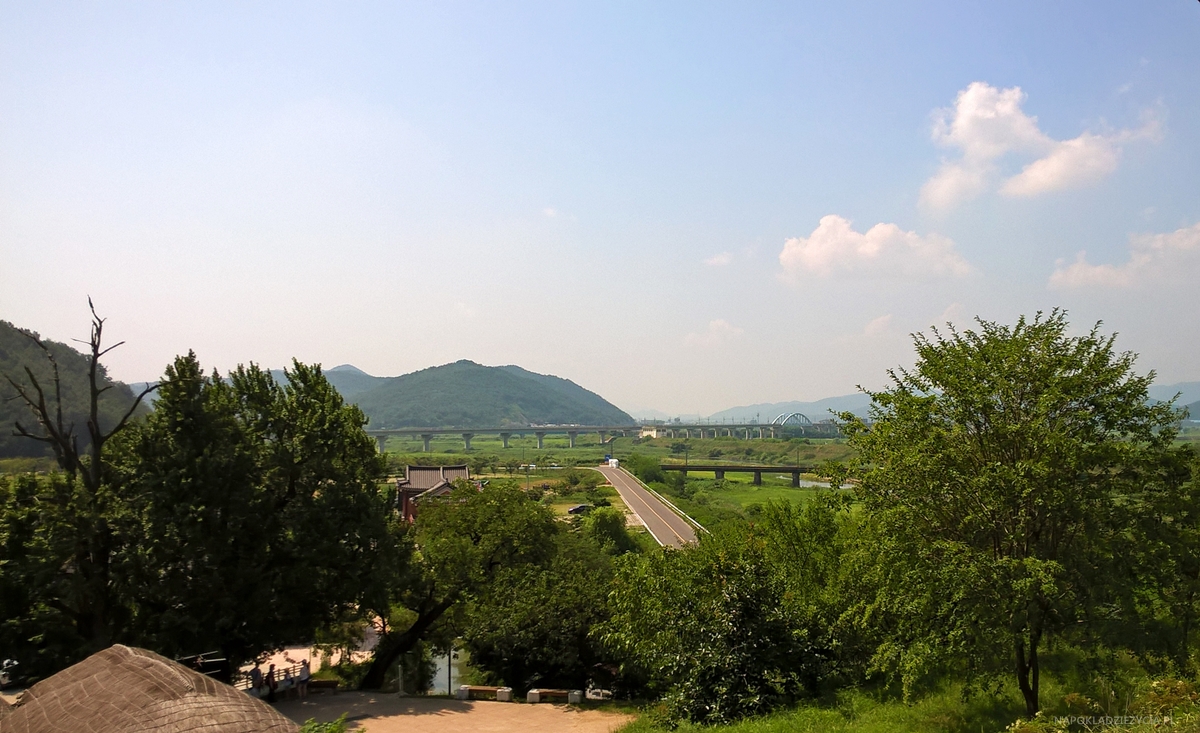


Jak wyglądają domki w środku:
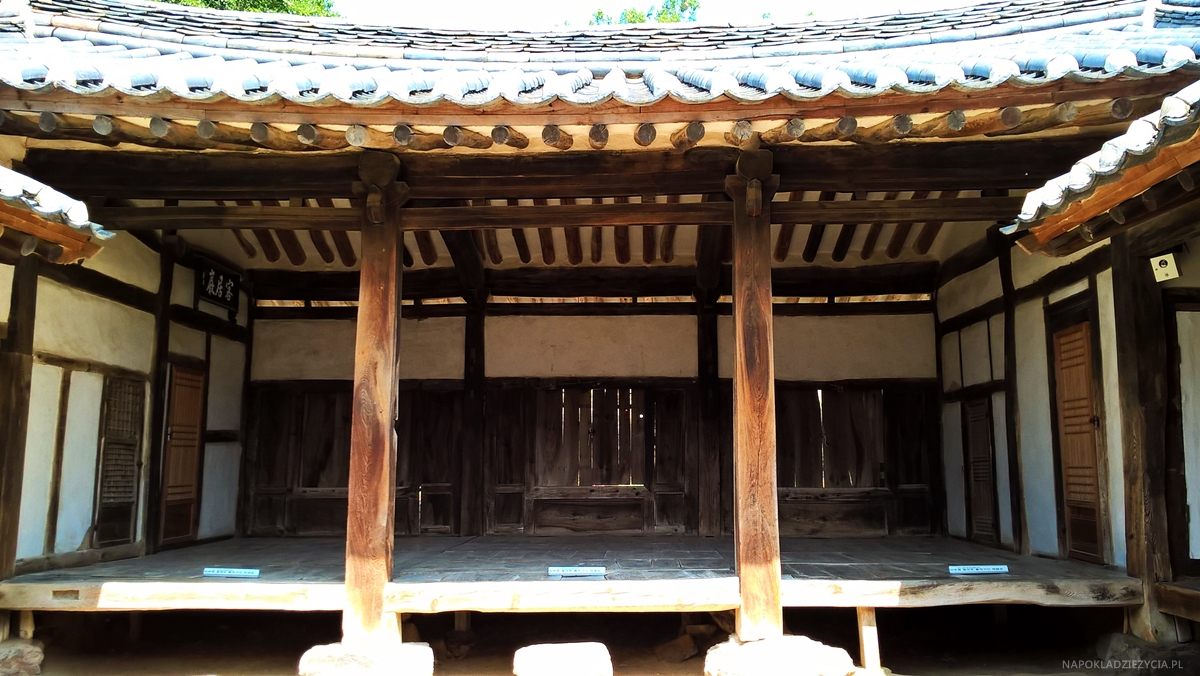
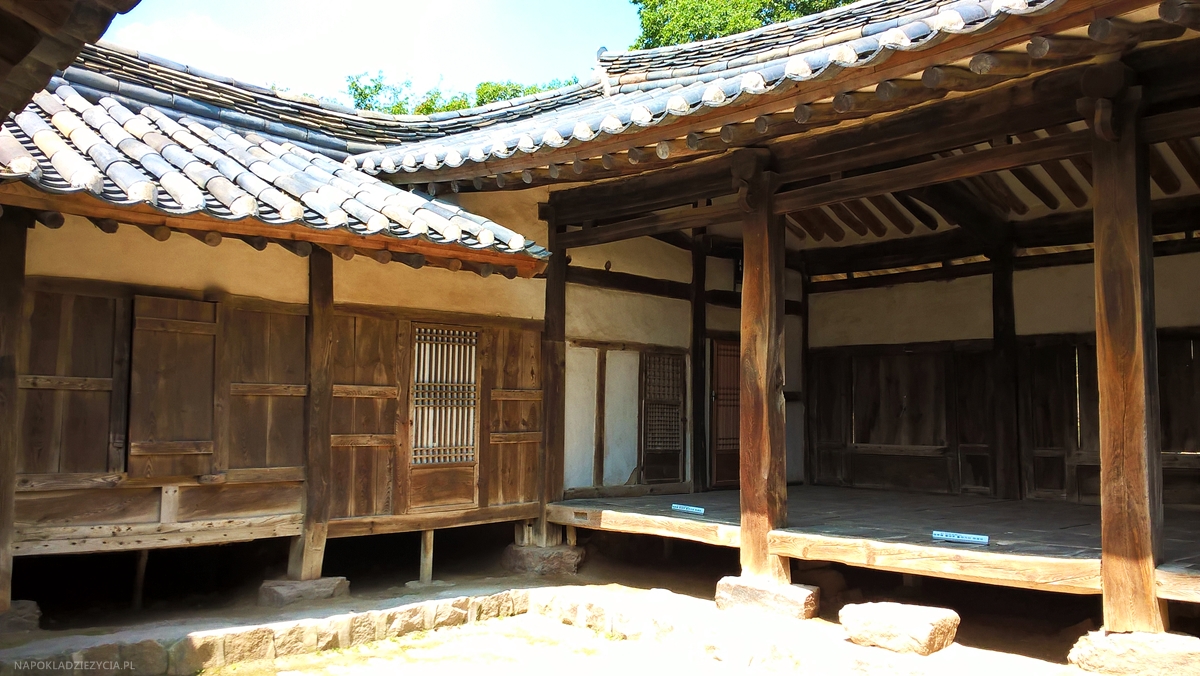
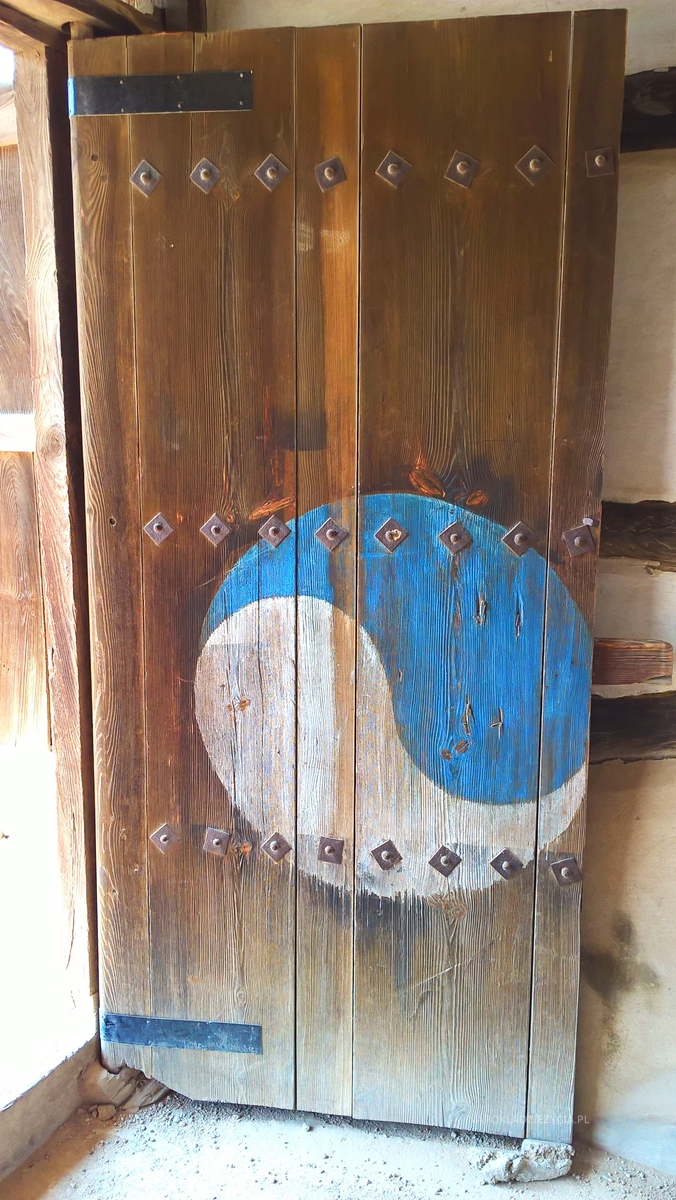
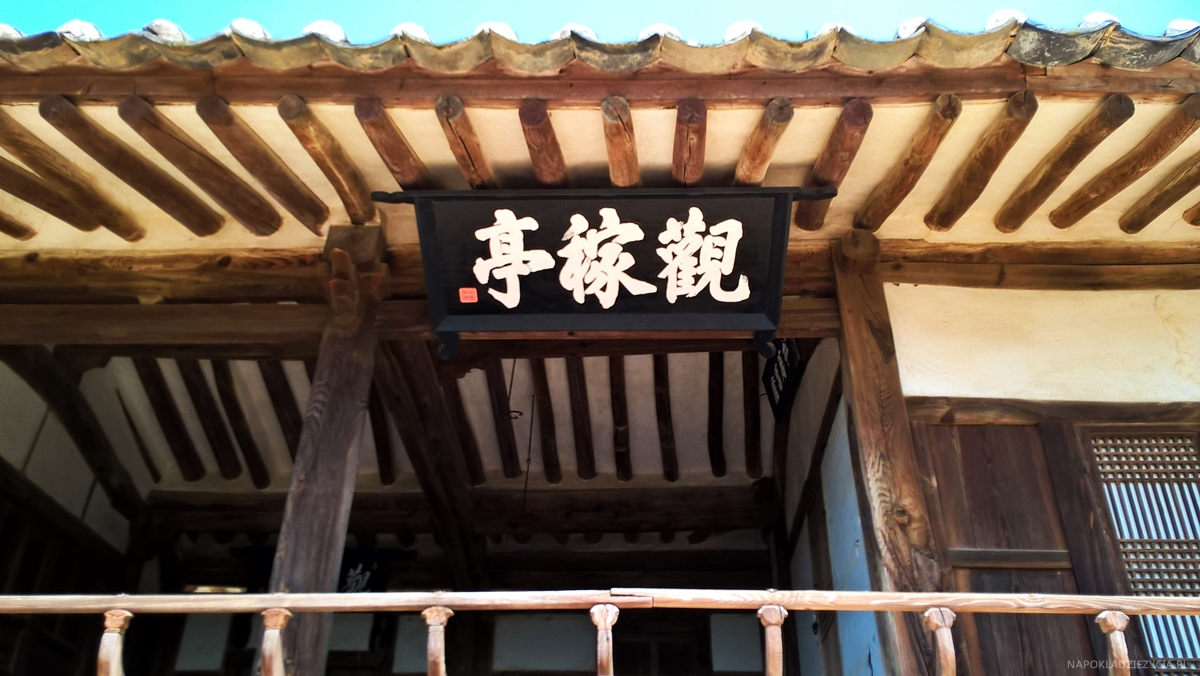
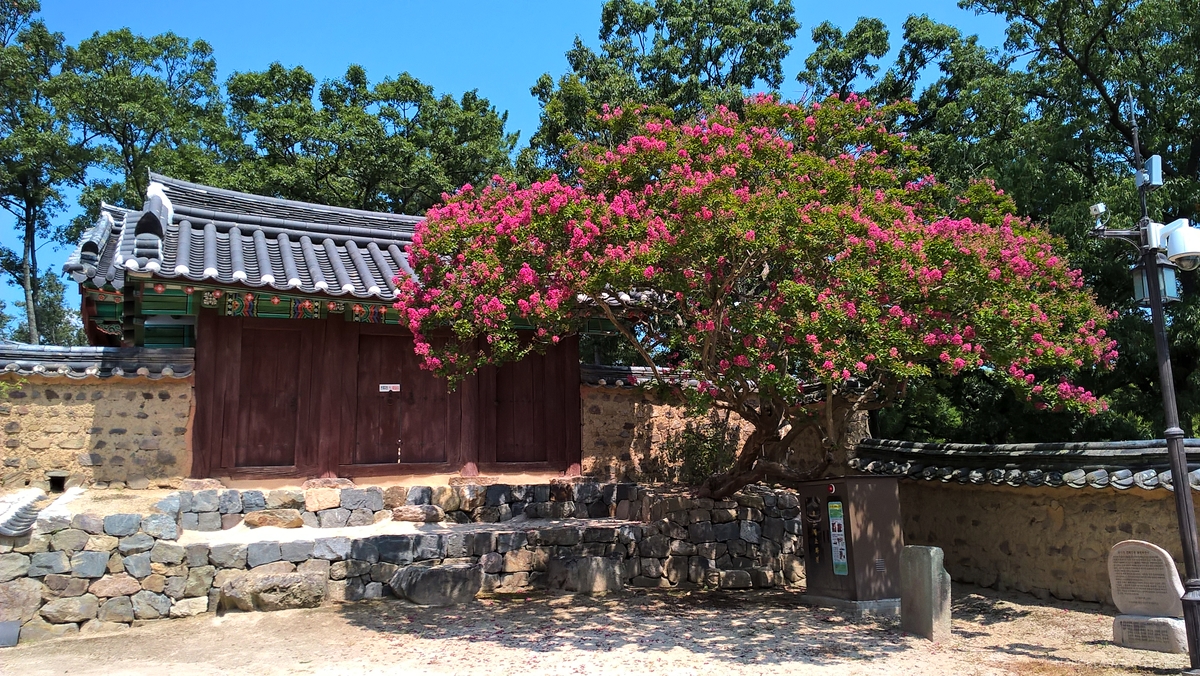
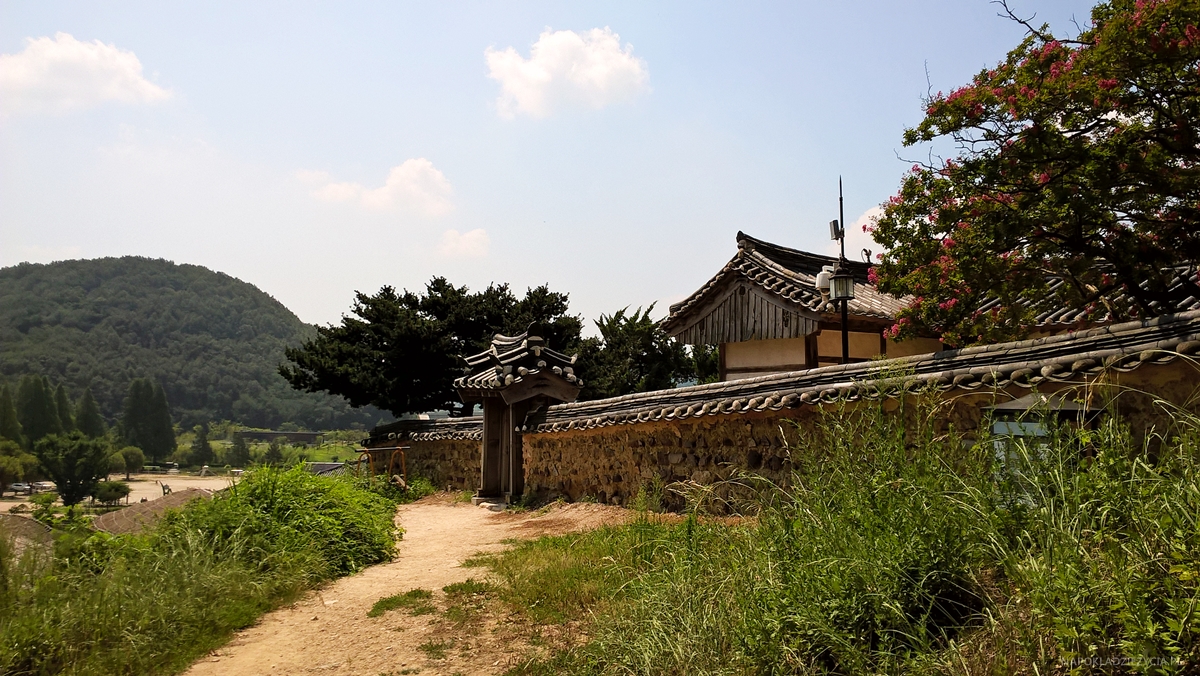
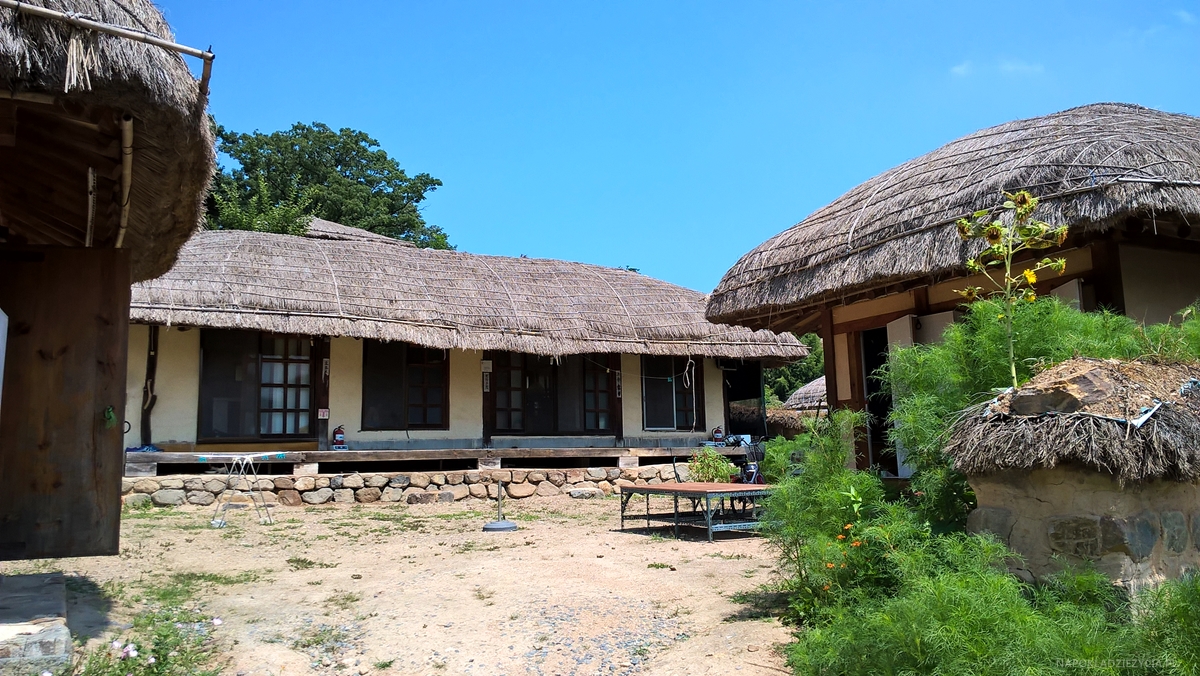

Oprócz zwiedzania wioski, możesz również zapisać się na warsztaty z robienia tradycyjnych ciasteczek. W smaku raczej nie powalają na kolanach, ale interesujący jest sam proces „dziabania”:D Jakkolwiek to brzmi, warto spróbować.
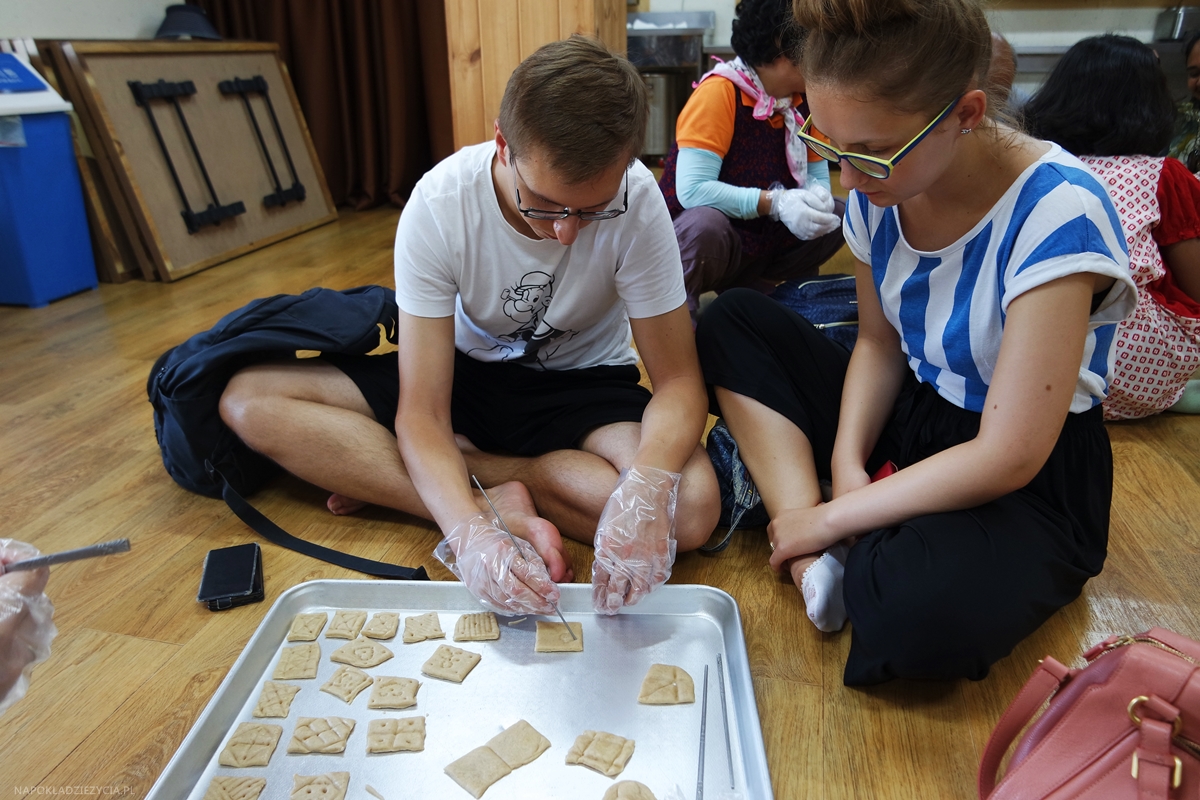
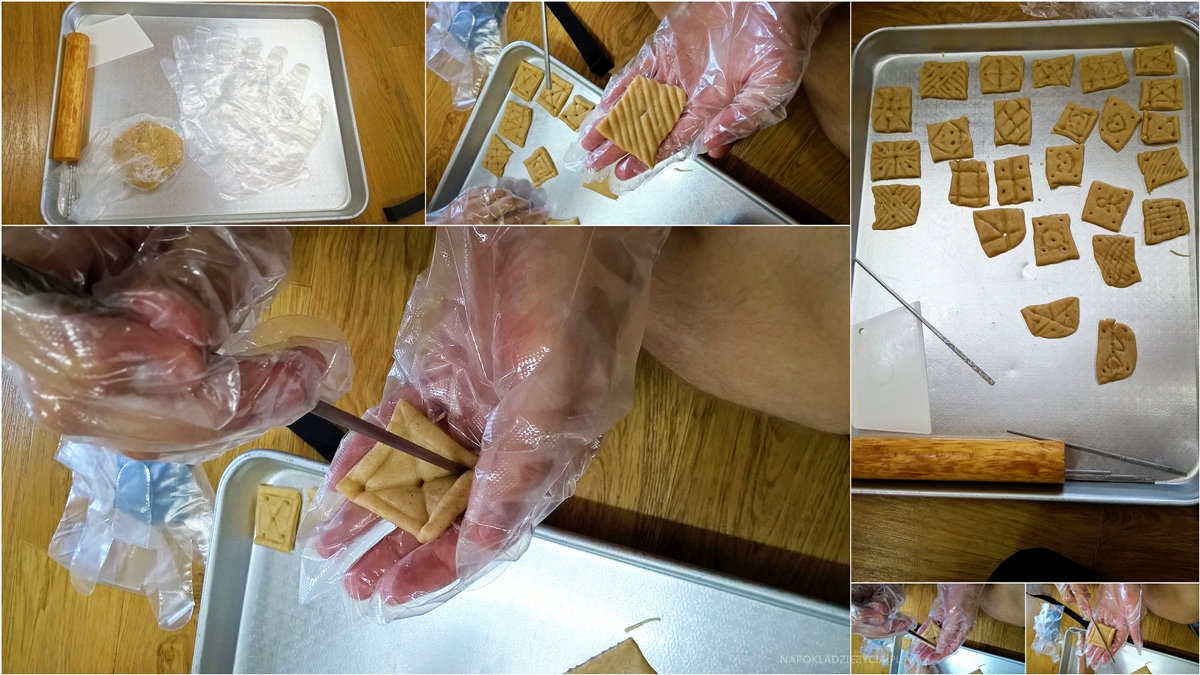
Coś dla miłośników wszelkiego rodzaju pieczątek: mapka wioski z krótką historią miejsca oraz pieczątką poświadczającą, że byłeś w Yangdong:)
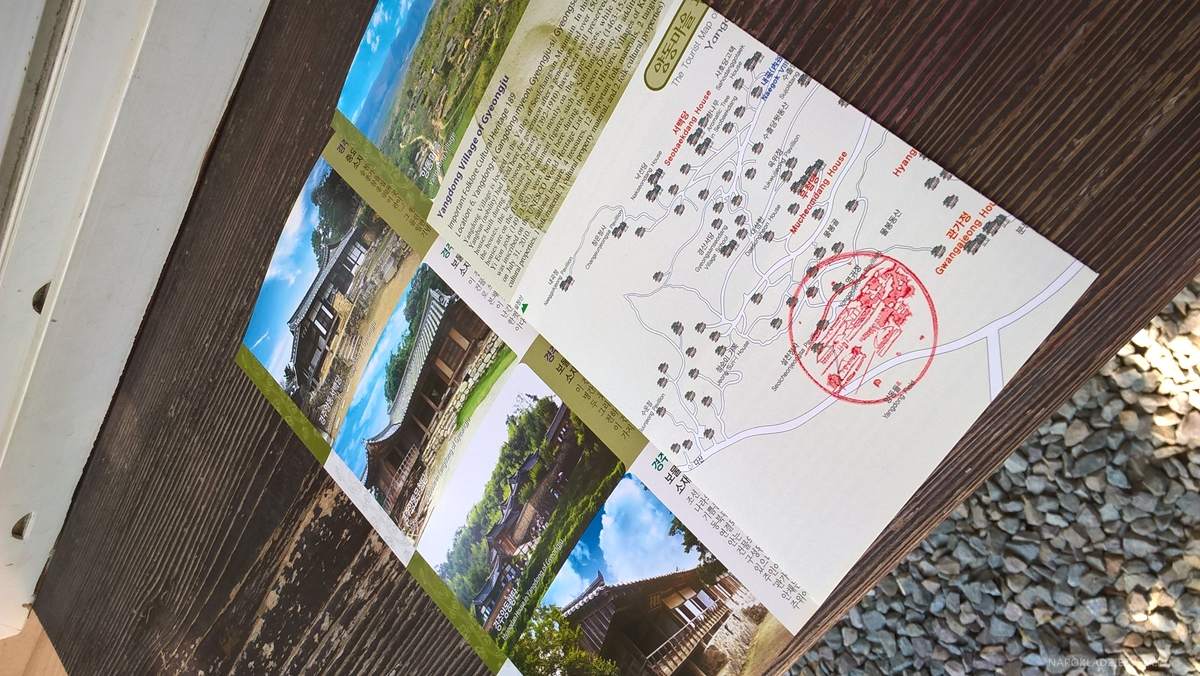
Jak na miasto kulturą stojące przystało, w Gyeongju znajduje się muzeum ukazujące historię miasta na przestrzeni lat. Jeszcze za czasów Trzech Królestw Korei, Gyeongju było stolicą królestwa Silla (57 BC- AD 935) i na tym okresie skupia się wystawa. Co ciekawe, również w samym parku okalającym muzeum wystawiono eksponaty. Możesz usiąść na ławce wśród pięknych drzew i kontynuować zwiedzanie odpoczywając.
GYEONGJU NATIONAL MUSEUM
Adres: 186, Iljeong-ro, Gyeongju-si, Gyeongsangbuk-do
Więcej info: Gyeongju National Museum, Visit Korea
Wstęp: bezpłatny
Według przewodnika Lonely Planet Korea:
Arguably the best history museum in Korea, Gyeongju National Museum is where you can appreciate the significance of this ancient city in one fell swoop. The main archeological hall has dazzling displays of jewelery, weaponry and other ceremonial items from the Shilla dynasty, including a 5th century gold crown that looks like something out of Game of Thrones.
Nie pozostaje mi nic innego jak zgodzić się z autorami. I oczywiście wstawić zdjęcia wspomnianej korony.


Wejście na teren muzeum:
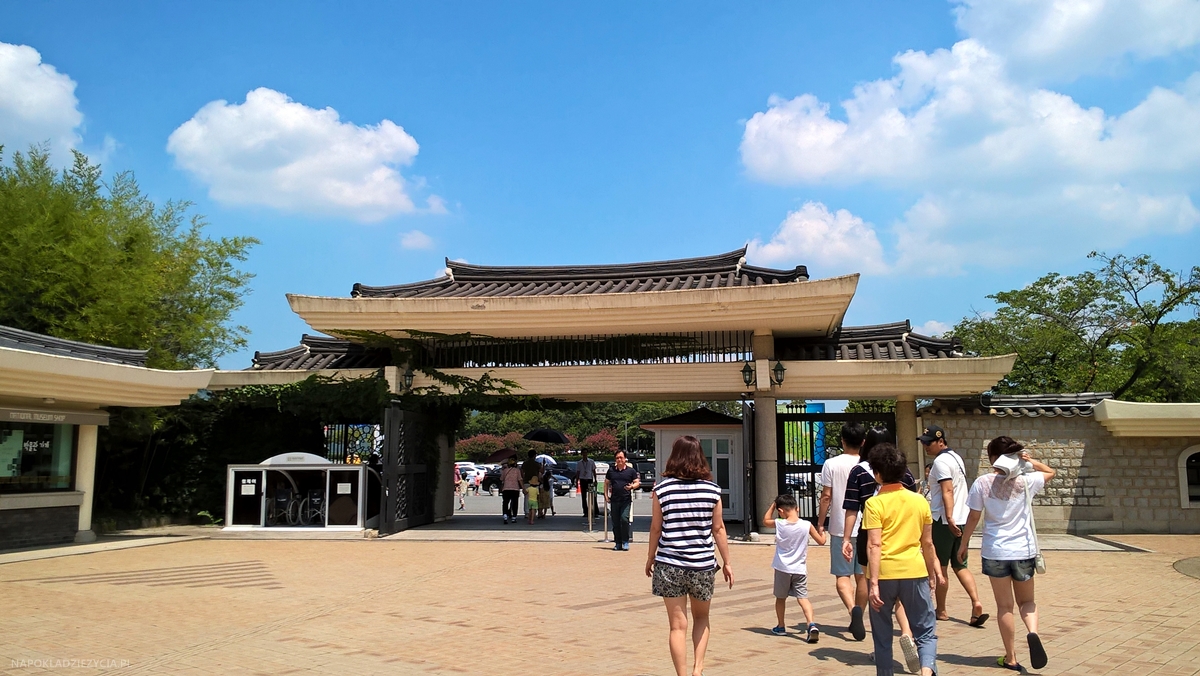
Poniżej znajdziesz m.in. zdjęcia niektórych eksponatów wraz z opisami, które spisałam z tabliczek.
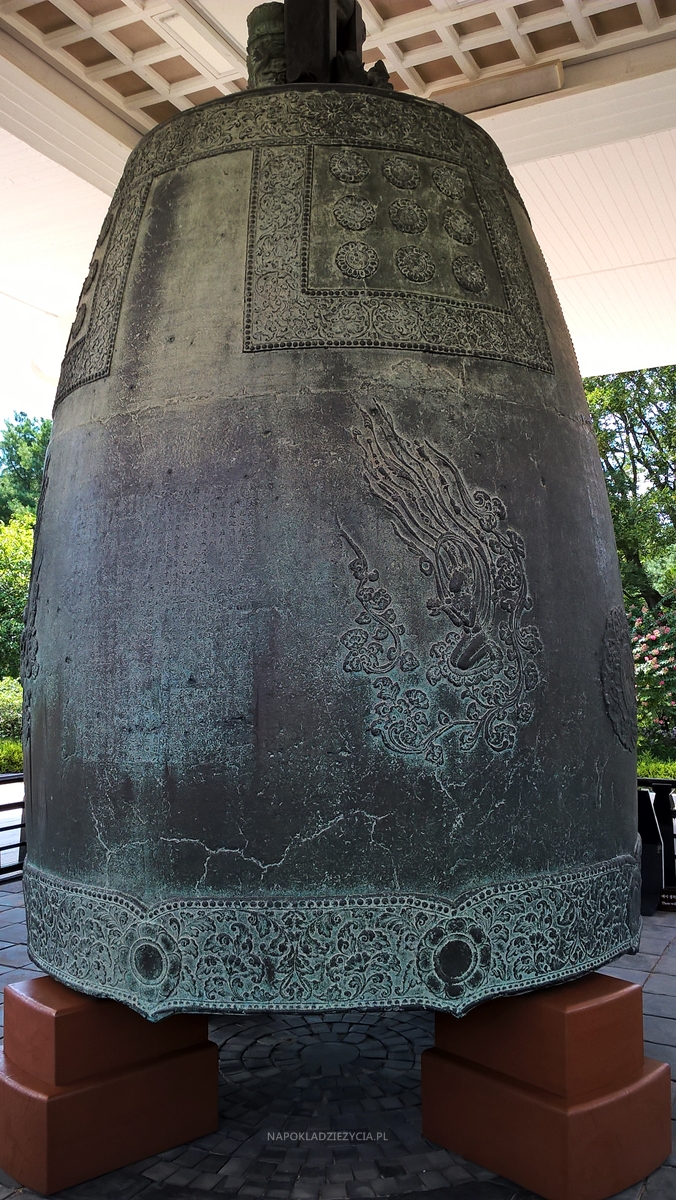
Unified Silla period, 771
Divine Bell of King Seongdeok(Seongdeokdaewang-Sinjong)
The Divine Bell of King Seongdeok is the oldest bar one of all the Korean bells whose manufaturing dates are known. It may well be the most remarkable bell in Korea judging by its beautiful shape and patterns, the careful attention paid to the invisible parts such as the decorative lotus flower patterns on the uppermost plate, and a sound that stirs the deepest emotions.
This bell was originally at Bongdeoksa, the guardian temple of King Seongdeok. After the temple was ruined, it was moved to Yeongmyosa, Gyeongju County Fortress, the old Gyeongju National Museum, and finally to its present location in 1975.
Ciekawostka: tego typu dzwony są ewenementem ze względu na sposób w jaki wprawiano je w ruch – robiono to za pomocą gorącej pary wodnej, a nie sznura. Dzięki temu dźwięk dzwonu był tak charakterystyczny.
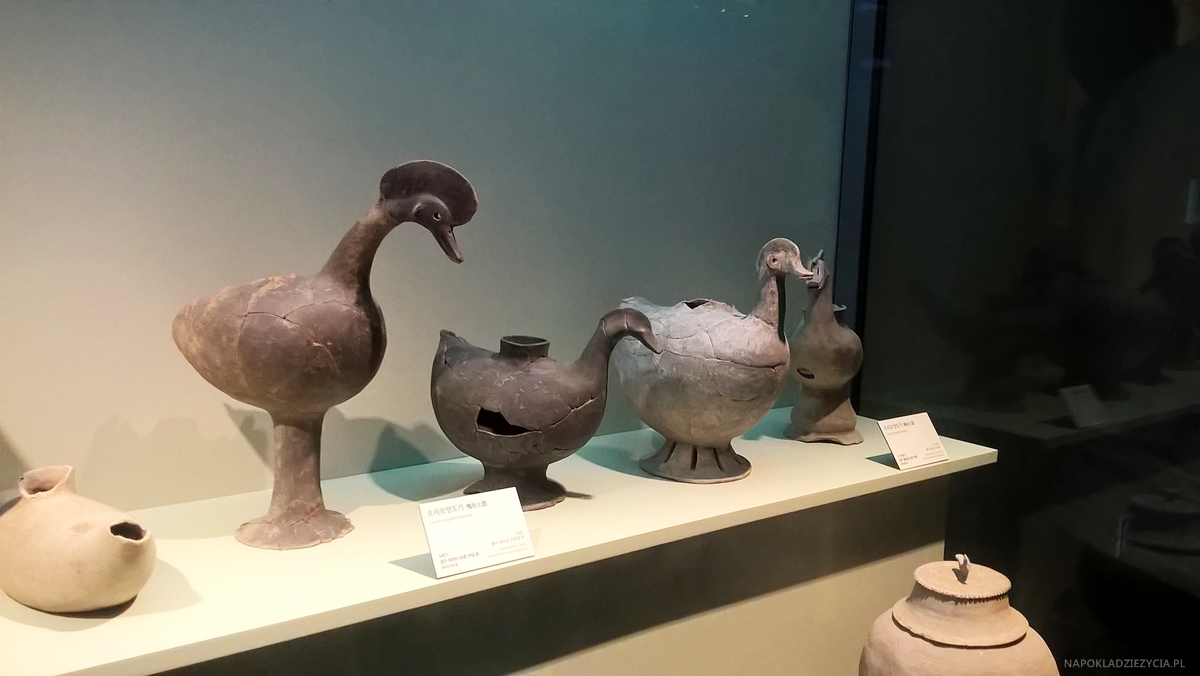
Why were Bird-shaped Vessels Placed in Burials?
In approximately the middle of the 3rd century, bird-shaped vessels appeared in burials of Saroguk and the eastern area of the Nakdonggang River. The body of the vessel is empty and the vessel back and tail has openings through which liquid can be poured. After these vessels were used in funerary rituals they were placed in burials. It is assumed that individuals wished to fly to heaven after death in the bird-shape vessel.
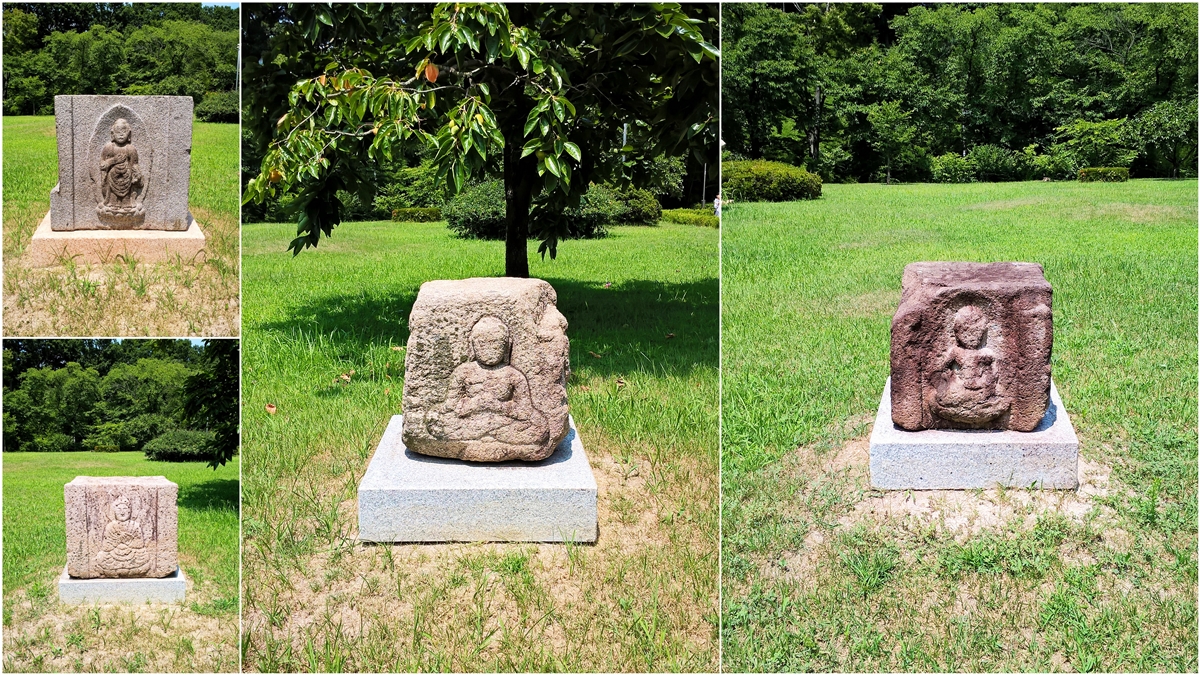
Gyeongju Unified Silla, late 8th century- early 10th century
Buddhas Carved on the Body Stones of Stupa
A variety of Buddhist sculptures such as Buddhas, Bodhisattvas and guardian deities were carved on the surface of stone stupa during the late Unified Silla period. These images highlight the function of the stupa as a shrine for Buddha’s sacred relics or an object of worship with the relics enshrined within it. The Buddhas of the Four Directions carved on the four sides of the body of the stupa’s first story are based upon the belief that Buddhas are omnipresent and their teachings spread to all the corners of the world. The Buddhas of the Four Directions carved during the Unified Silla featured not only seated but standing positions as well, and Bhaisajyaguru (Medicine Buddha) was carved on the east while Amitabha Buddha on the west.
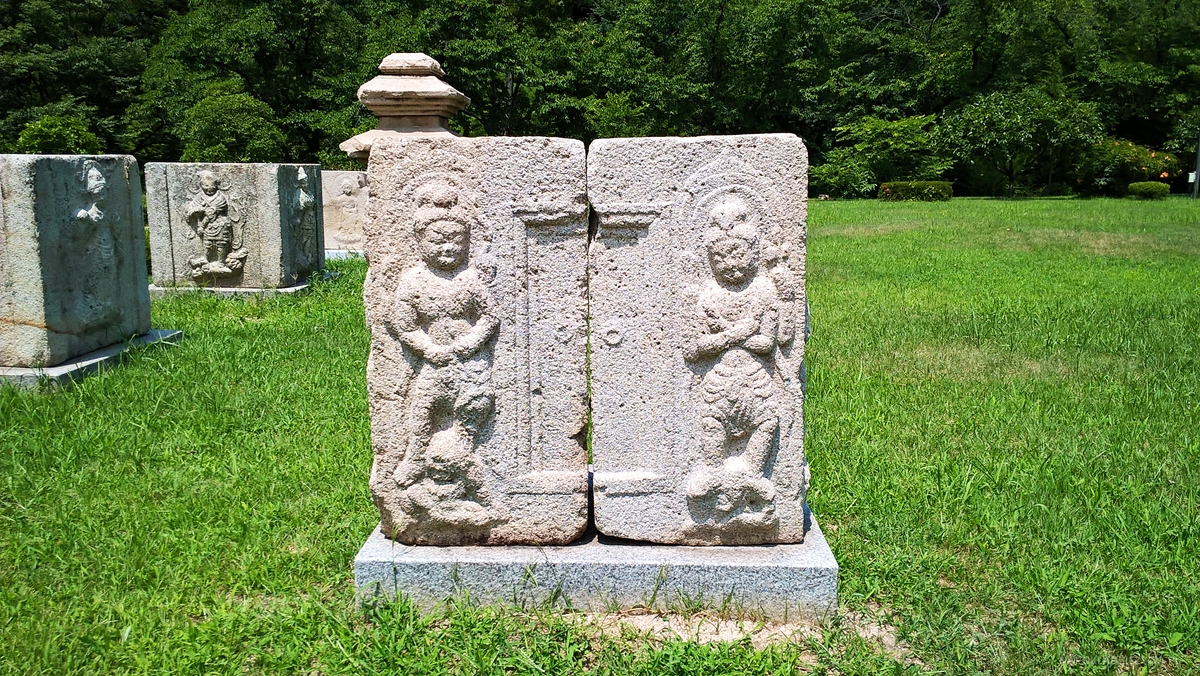
Gyeongju Eupseong Fortress, Gyeongju Unified Silla, late 8th-9th century
Heavenly Guardians (or Luminous Kings) Carved on the Body Stones of Stupas
This stone work is a part of the four L-shaped stone blocks forming the first story of a stone stupa. It reveals that the stupa had a door on the centers of each story’s four sides where each two blocks were attached to each other and two images of gate keepers on its both ends, thus eight guardians in total around each story. The guardians include a figure marked by two sharp fangs and four arms whom some experts believe one of the Five Wisdom Kings revered in Esoteric Buddhism. Another L-shaped stone block carved with an image similar to this is currently displayed in the Dongguk University Museum in ints Gyeongju Campus.
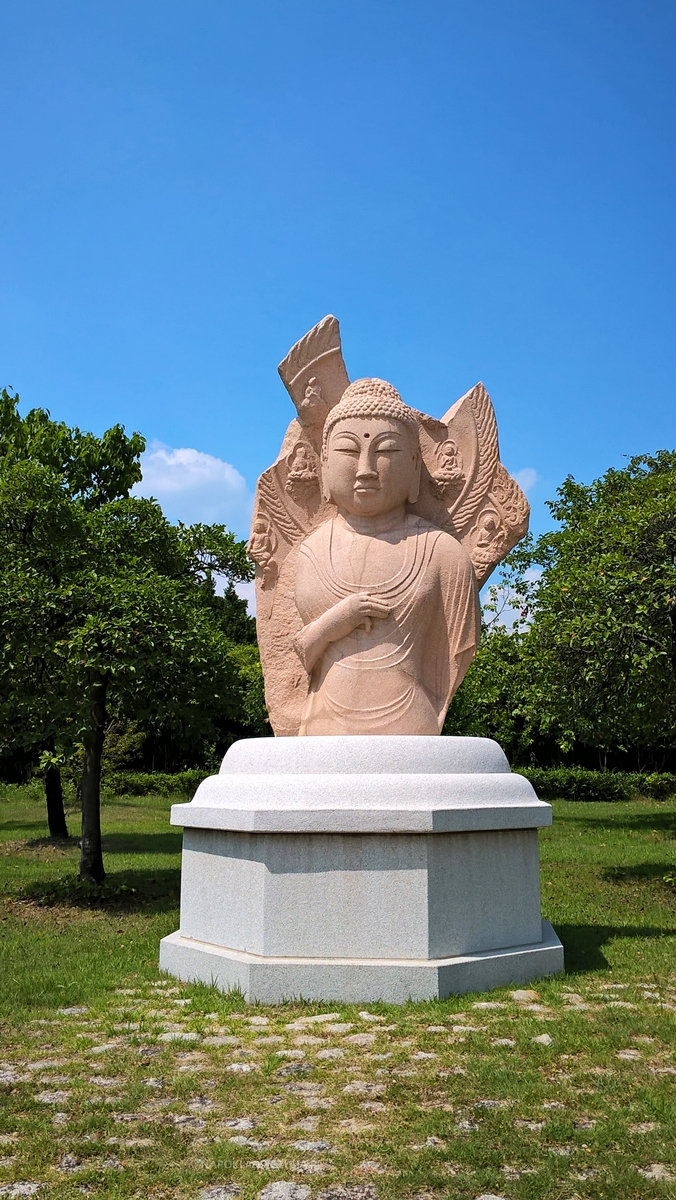
Janghang-ri Temple Site, Gyeongju Unified Silla period, 8th century
Buddha
Only the top half of this Buddha statue has been restored since it was moved to the museum from a temple site in Janghang-ri, Yangbuk-myeon, Gyeongju. The pedestal for the statue and two stupas remain at the temple site.
The octagonal pedestal features carvings of lions and the guardians on its surface, and a hole on top where the Buddha statue was affixed; the shape of the hole indicates that the statue was in a standing position. Both the body and the pear-shaped halo were carved out of one piece of rock. The head is covered with thick curly hair, with the customary Ushnisha at the center, representing wisdom.
A myriad of flame designs swirl around Buddha’s head and body, suggesting a mysterious glow. The statue is a beautiful testament to the masterful technique for sculpting granite that marked the realistic trend of the Unified Silla perion in the mid-8th century.
W muzeum jest od groma eksponatów, które zadowolą każdego fana historii. Nie będę jednak owijać w bawełnę – to raczej nie jest miejsce dla osób szukających fajerwerków. Tutaj głównie chodzi o zapoznanie się z bogatą historią Gyeongju niż robienie pamiątkowych fotek. Wiele odwiedzających wymięka po pewnym czasie i resztę wycieczki spędza na ławeczce. I nie dziwię się – muzeum jest w posiadaniu takiej ilości materiału, że ogarnięcie tych wszystkich informacji podczas jednej wizyty graniczy z cudem.
Może stąd pomysł na te ławeczki, wodę i eksponaty na zewnątrz? Tego nie wiem, ale jestem na tak.
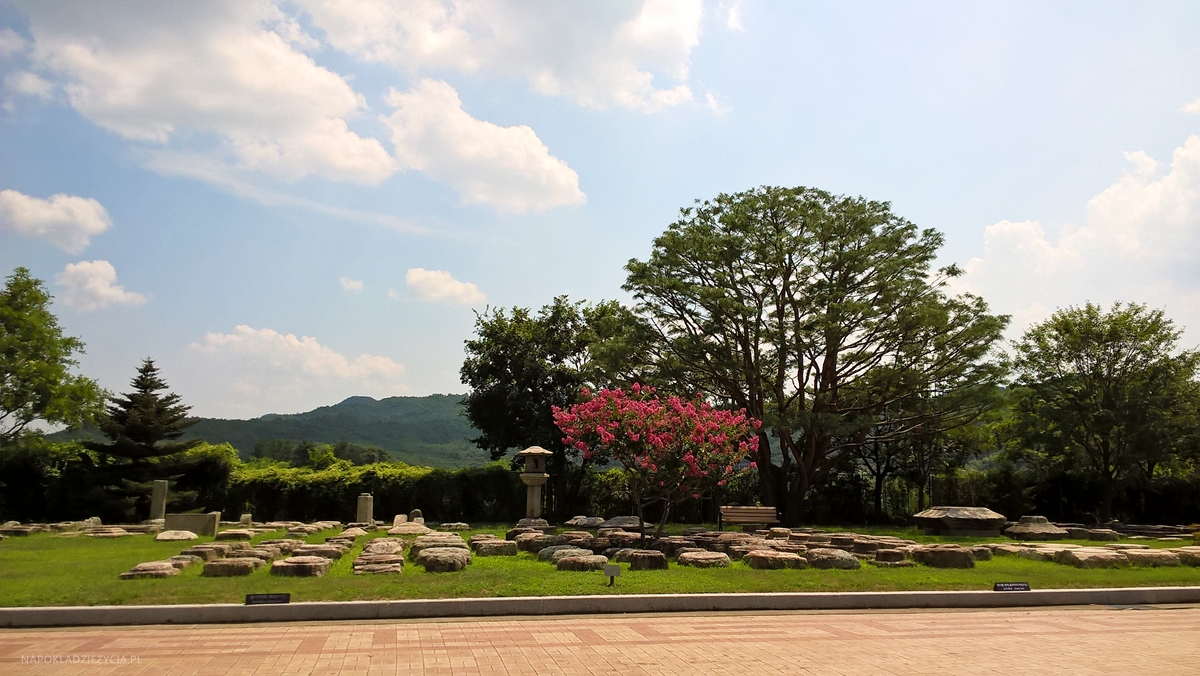
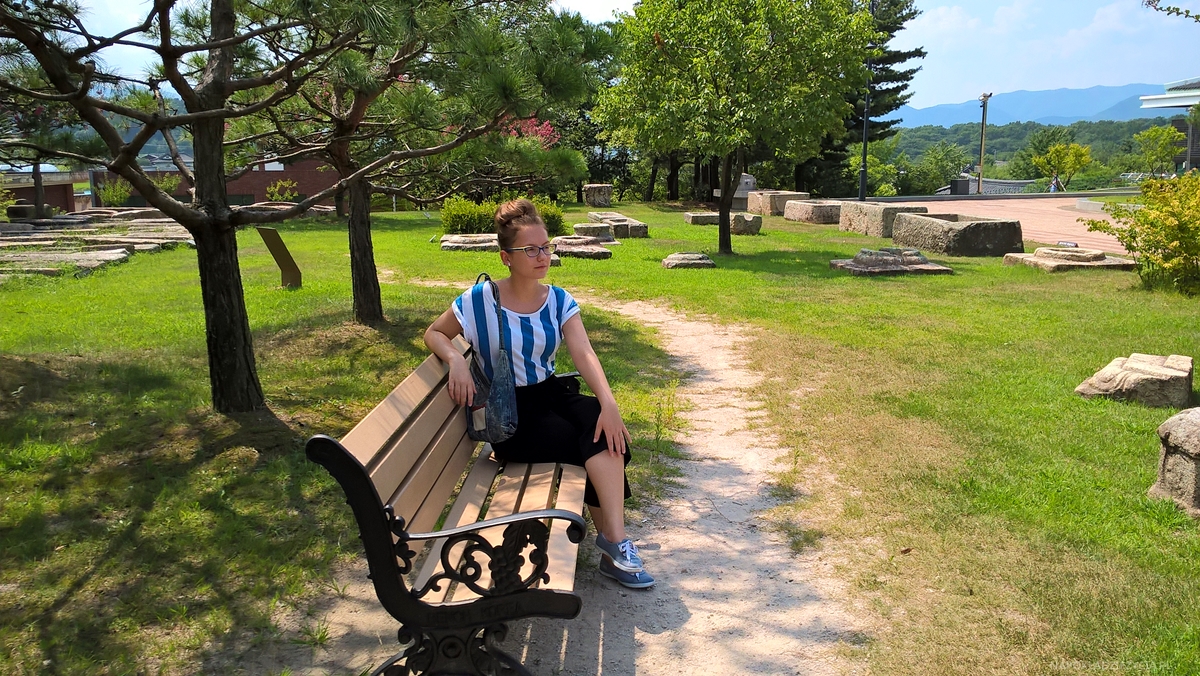
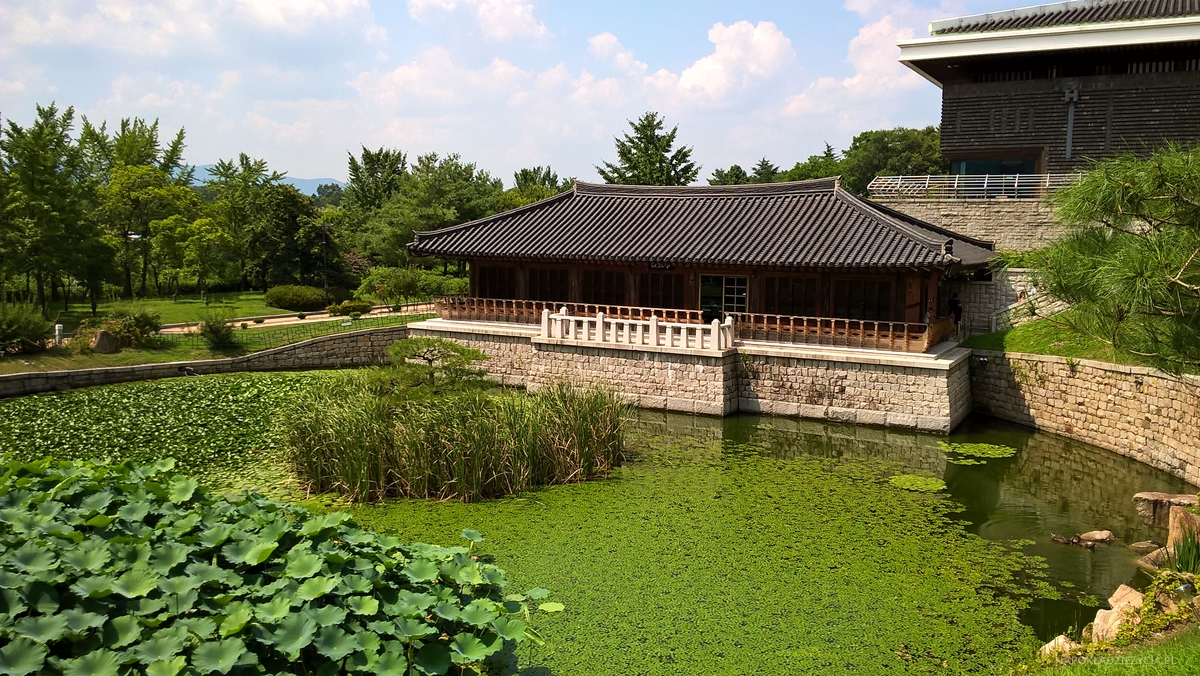
GYEONGJU DLA KAŻDEGO?
Jeżeli interesuje cię kultura Korei Południowej, rozważ wizytę w Gyeongju. Ponownie cytując przewodnik Lonely Planet Korea:
Known as 'the museum without walls’, Gyeongju holds more tombs, temples, rock carvings, pagodas, Buddhist statuary and palace ruins than any other place in South Korea.
Lepszej rekomendacji chyba Gyeongju nie potrzebuje. Poniżej ulotka z informacją, co jeszcze warto tu zobaczyć.
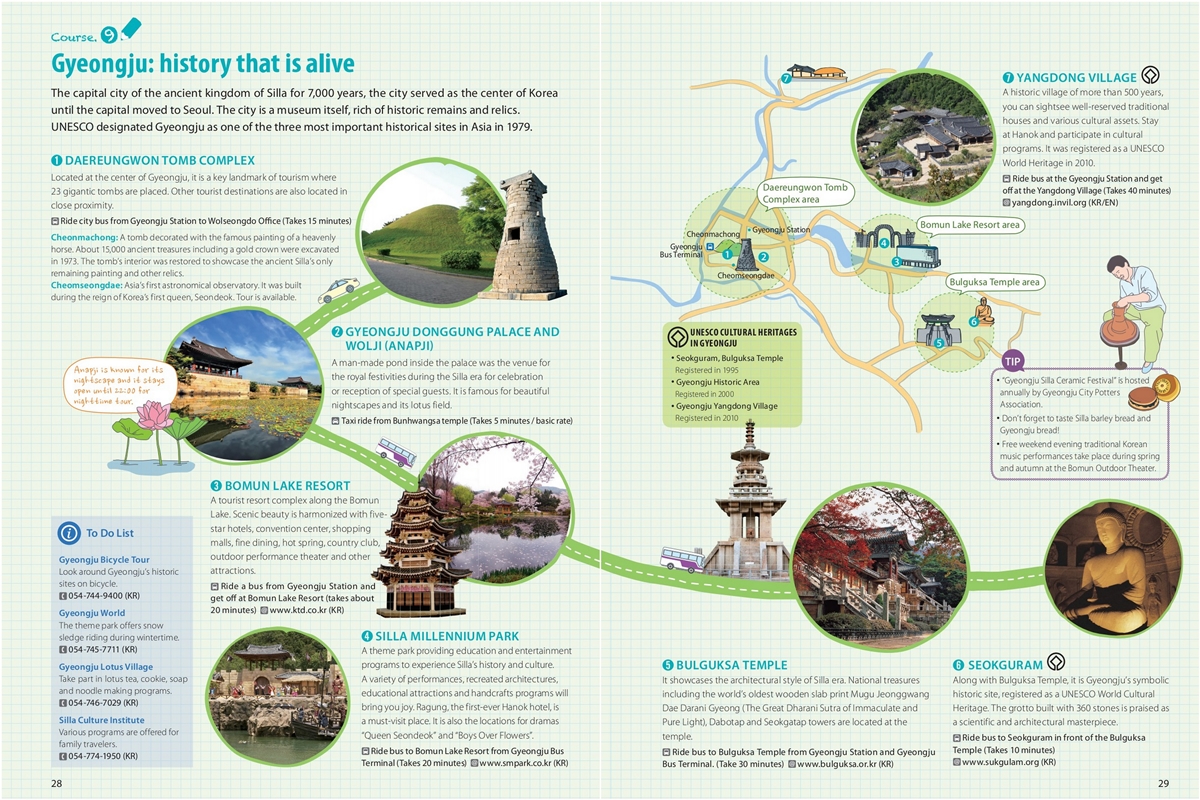
Jeżeli jednak bardziej kręci cię obcowanie z naturą, wybierz takie miasta jak Daegu albo Pusan. A dla fanów miejskiego życia oczywiście polecam Seul. W Korei Południowej każdy znajdzie coś dla siebie, bez względu na zainteresowania.
Często odwiedzacie muzea? A może skupiacie się na innych atrakcjach podczas zwiedzania?
Przyznam się wam, że raczej należę do osób, które rzadko same z siebie zaproponują wizytę w muzeum. Ciągać wołami mnie tam nie trzeba, ale raczej pójdę z myślą w głowie, że może będę się nudzić. I to bez względu na to czy dane muzeum jest interaktywne czy nie. Akurat w przypadku Gyeongju byliśmy na wycieczce zorganizowanej, więc nie miałam wyboru:D Ale nie żałuję, bo okazało się, że akurat to muzeum ma nie tylko ciekawe eksponaty, ale też piękny park. Kiedy „wymiękłam”, po prostu wyszłam na zewnątrz i korzystałam z dobrego światła do zdjęć. I mogłam wrócić do budynku w każdej chwili. Może to rozwiązanie idealne dla takich osób jak ja? „Jakby co” można wyjść i chwilę odpocząć bez obawy, że jak wyjdziemy, to już nogi poniosą nas dalej, bo nie ma gdzie usiąść?
A jak to jest z wami? Lubicie chodzić do muzeów podczas podróży czy raczej zostawiacie je w planach awaryjnych? Czym kierujecie się podczas decydowania czy jakieś muzeum jest warte zobaczenia? Wydaje mi się, że to dość drażliwy temat, bo niektóre muzea „wypada” odwiedzić ze względu na historię… Jak myślicie?
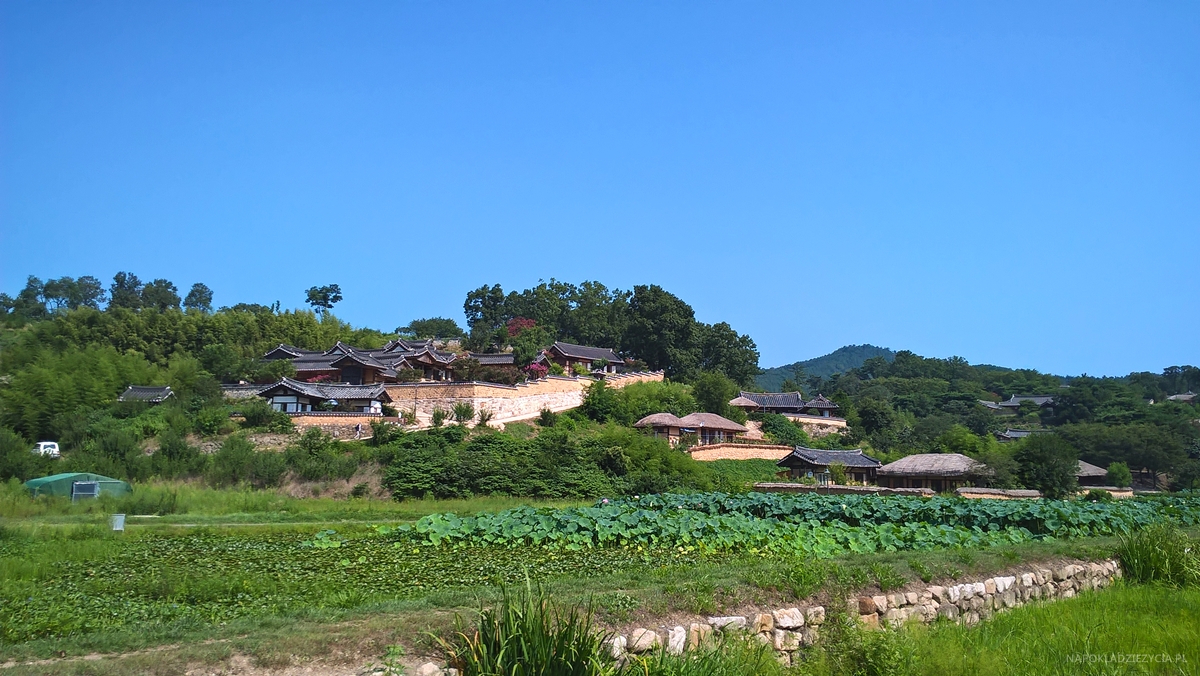


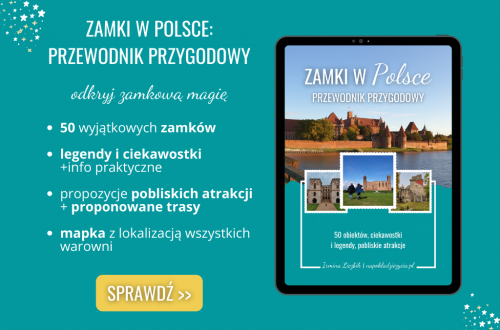
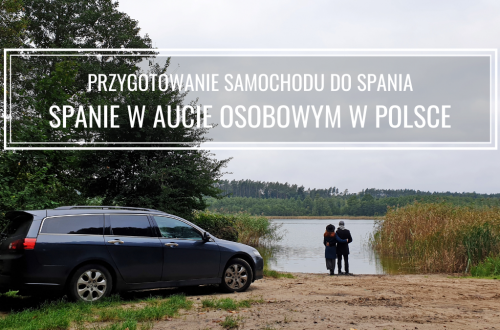

Jak zawsze u Ciebie – rewelacyjne fotki!
Pięknie tam, uwielbiam taką soczystą zieleń. Co do tej korony, to faktycznie podobna 🙂
Mnie jednak bardziej zaciekawił ten dzwon… chyba muszę poszukać więcej informacji o tego tupu rozwiązaniu…
Też pierwszy raz o czymś takim słyszałam i szczerze mówiąc, na początku myślałam, że albo źle zrozumiałam, albo przewodniczka chciała coś innego powiedzieć i użyła nieodpowiednich słów;)
Przepiękne miejsca i te widoczki ♥ Jednak ogólnie nie chciałabym tam mieszkać, wycieczka czy urlop kilkudniowy jest okej, tak wizja zamieszkania w tamtych miejscach mnie przeraża. Chociaż wiadomo – co kraj to obyczaj i fajnie jest poznawać coś nowego 🙂
Zaciekawiłaś mnie. Dlaczego cię przeraża? Bo rozumiem, że masz na myśli Koreę ogólnie, nie taką wioskę:)